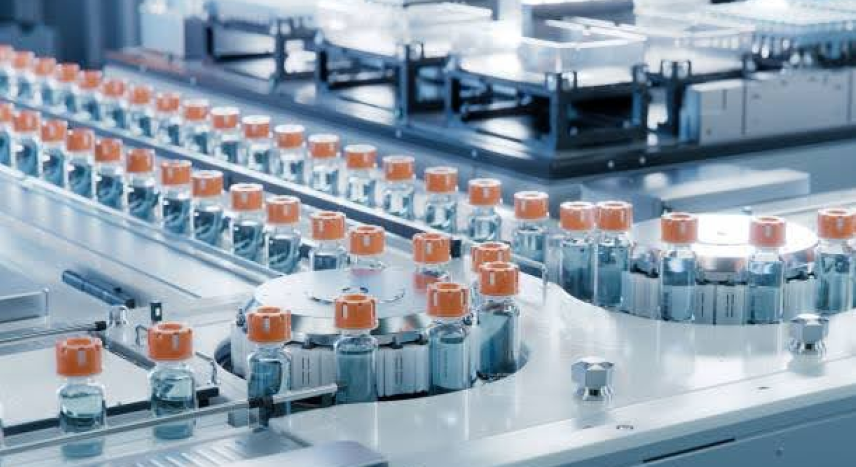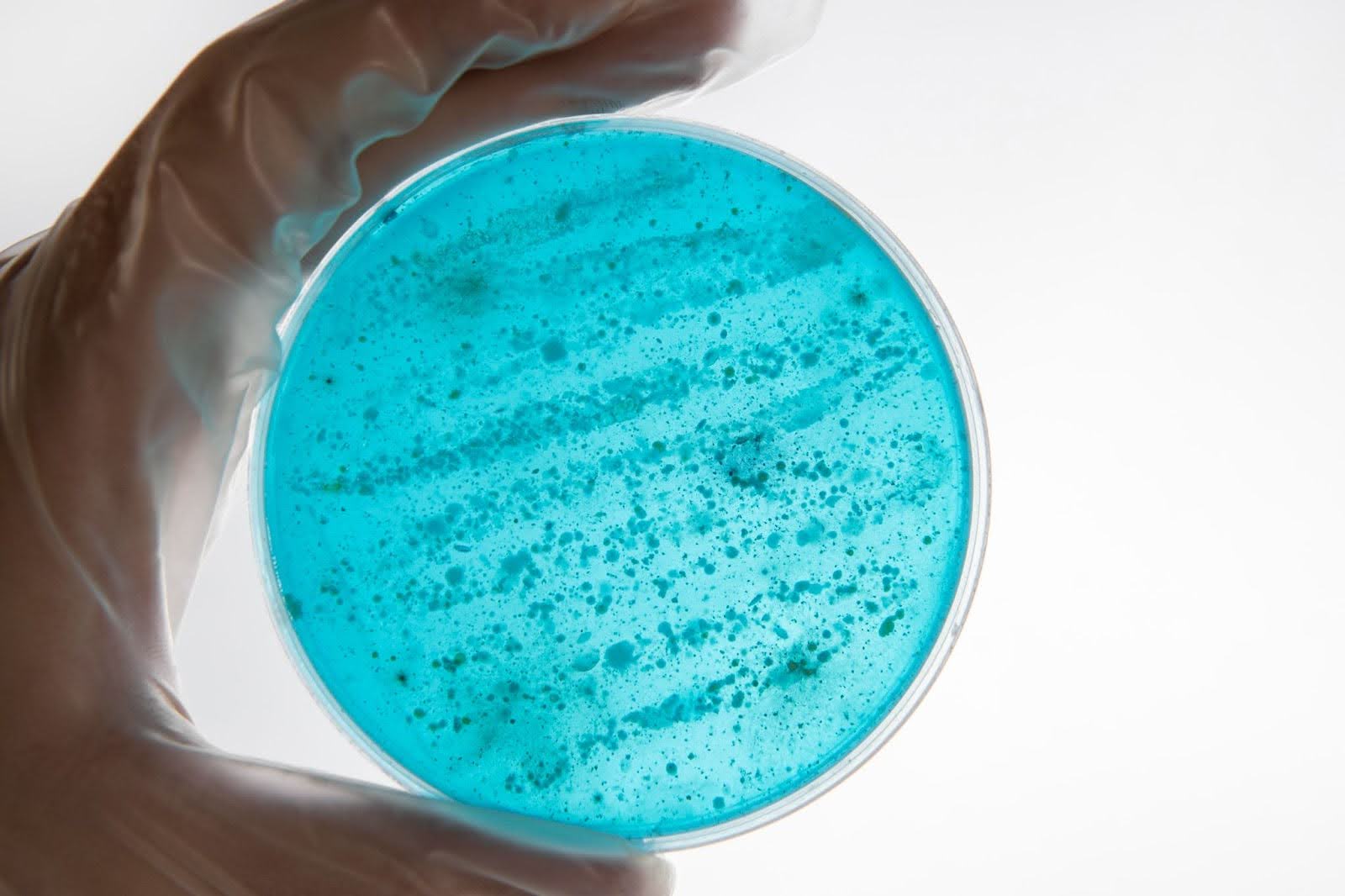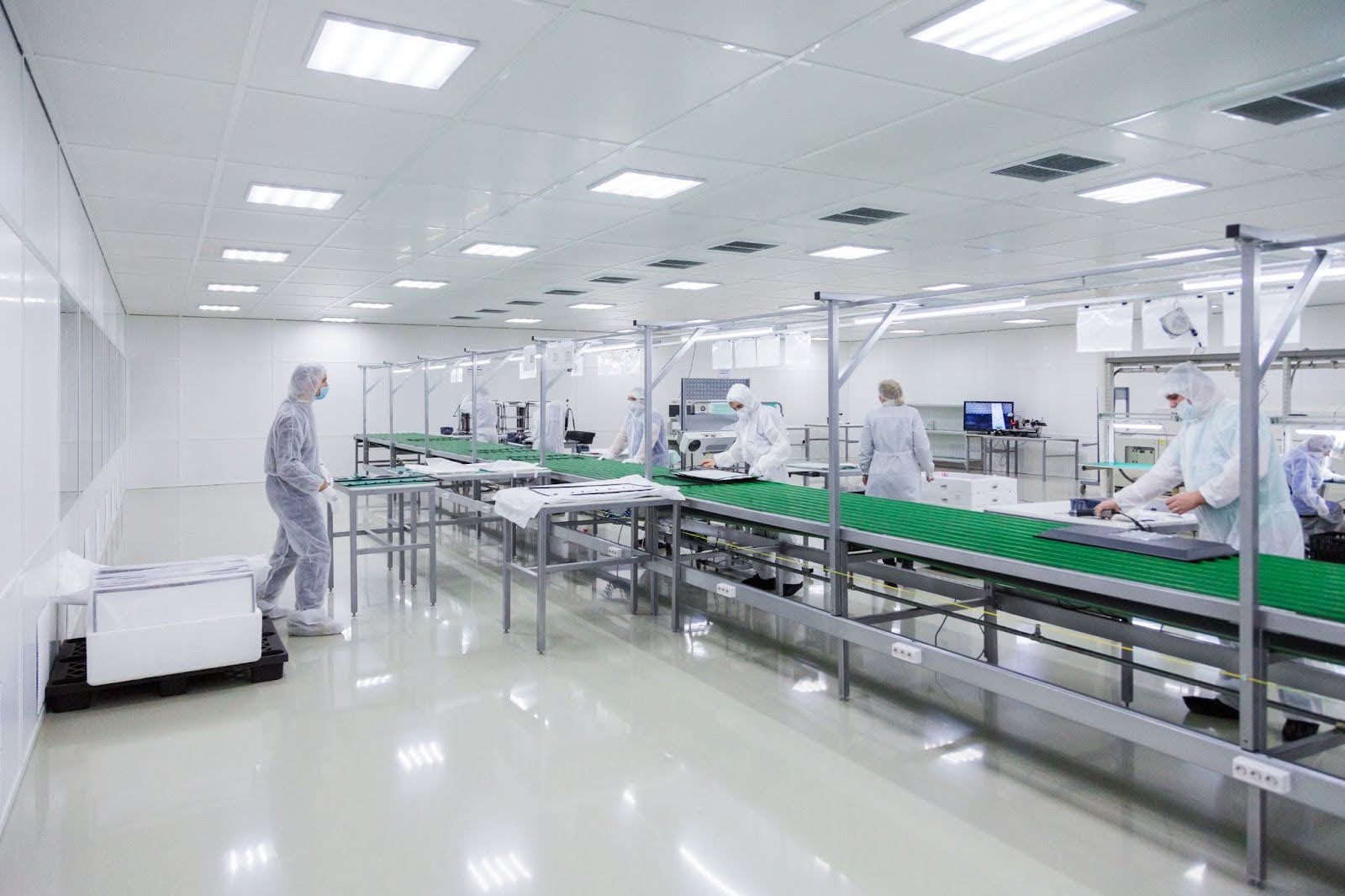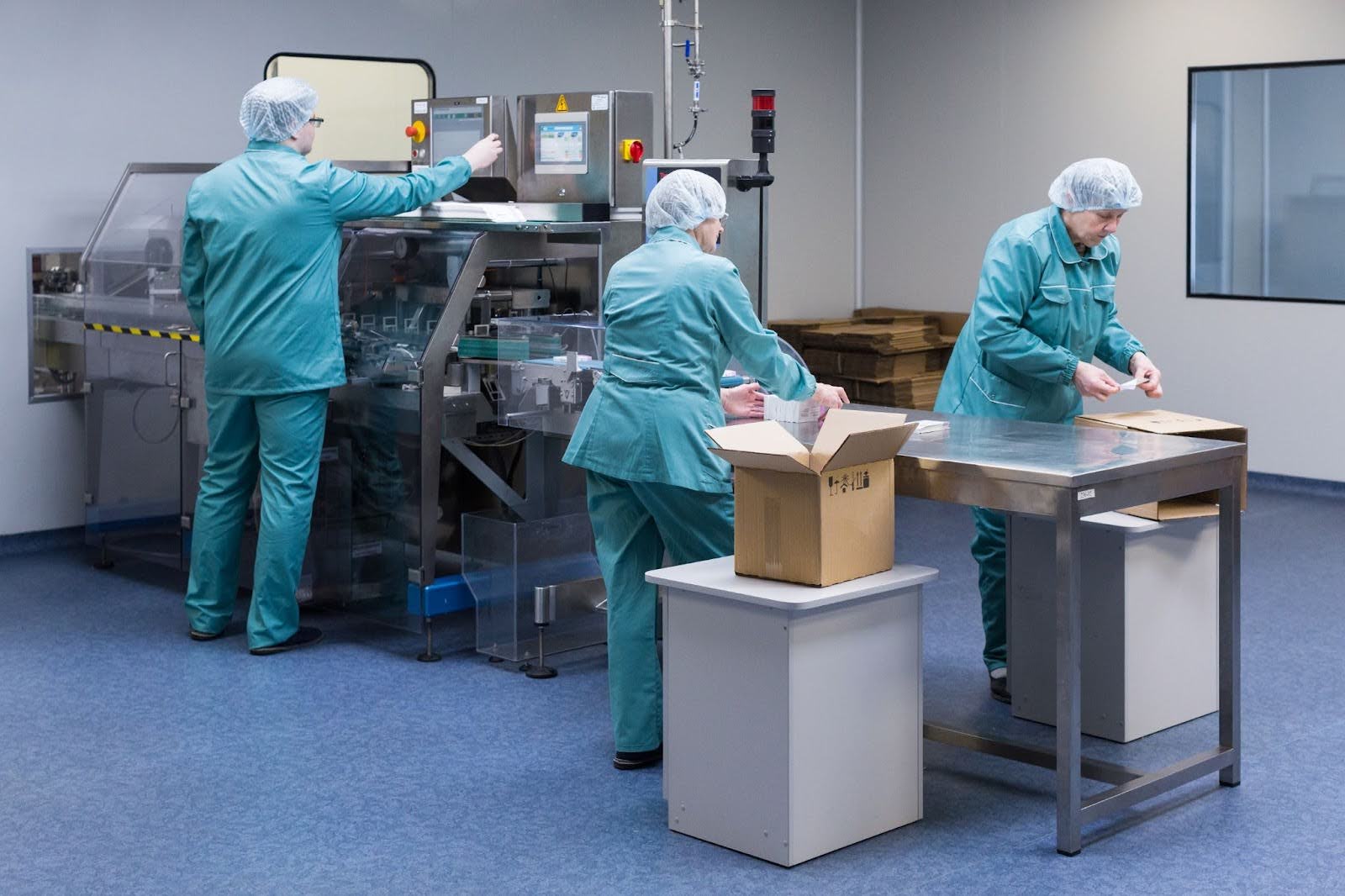by Simantini Singh Deo
10 minutes
Media Fills That Truly Stress The System: Building Confidence In Aseptic Pharmaceutical Manufacturing
Learn how media fills challenge aseptic processes to ensure sterility and compliance in pharmaceutical manufacturing.

In pharmaceutical manufacturing, especially for sterile injectables, even minor contamination can have serious consequences. To ensure safety and regulatory compliance, companies perform media fills, aseptic process simulations using a growth medium to mimic real production.
More than a formality, a well-designed media fill tests the entire aseptic process, equipment, personnel, and environment to reveal any weaknesses.
This article explains what media fills are, why they must “stress the system,” and what regulators expect from these critical validations. Incorporating CCS-integrated outsourcing and tech transfer practices ensures that aseptic validation standards are consistently maintained across internal and partner facilities.
What Is A Media Fill?
A media fill is a simulation of the aseptic filling process. Instead of filling the actual product, the line is filled with a nutrient-rich growth medium, such as Soybean Casein Digest Medium (SCDM) or Tryptic Soy Broth (TSB). This medium can support the growth of a wide range of microorganisms.
The purpose of a media fill is to mimic the entire aseptic manufacturing process from material preparation, filling, and stoppering to sealing and packaging under normal and sometimes even worse-than-normal conditions.
Once filled, the containers are incubated under controlled temperatures for a specific duration, typically 14 days, to check for microbial growth. Complementary programs like linking EM and CCIT for sterility assurance further reinforce confidence in the aseptic barrier from environment to final container.
If no microbial contamination is observed, the process is considered validated for sterility assurance. However, even a single contaminated unit can indicate a significant risk and requires a full investigation.

Why Media Fills Must “Stress” The System?
No aseptic process is completely foolproof — people, equipment, airflows, and procedures can all introduce contamination. The purpose of a media fill is not to prove perfection but to challenge the system until weaknesses emerge.
A “stressed” media fill intentionally incorporates worst-case conditions, such as longer batch durations, more operator interventions, higher line speeds, or operating at the limits of cleanroom conditions.
By stressing the system, manufacturers can confirm their aseptic process remains reliable under the toughest conditions, identify contamination risks early and take corrective action, and build confidence with regulators that the process is truly controlled. Implementing AI-driven rapid microbial monitoring methods can also help trend real-time data from media fill environments for predictive insights.
Media fills that are too easy, conducted under ideal conditions with minimal interventions, create a false sense of security, the goal is always to simulate reality, not perfection.
Key Elements Of A Robust And Stressful Media Fill
Designing a media fill that truly stresses the system requires thoughtful planning. Every parameter should be selected to challenge the process meaningfully, without introducing artificial or unrealistic stress. Below are the main aspects to consider.
a) Batch Size & Duration: The simulation should reflect the maximum batch size or longest production duration expected in real operations. Longer runs increase the risk of contamination, and testing under these conditions ensures the process remains robust even during extended fills.
b) Operator Involvement & Interventions: Human intervention is one of the biggest risks in aseptic manufacturing. A good media fill includes both routine and non-routine interventions, such as equipment adjustments, component replacements, or clearing jams. It should also involve different operators from experienced to new staff to account for variability in behavior.
c) Line Speed & Equipment Performance: Operating at the highest intended line speed helps test how the system performs under maximum stress. Faster speeds can cause more turbulence, higher particle load, and less time for operators to react, all of which can influence contamination risk.
d) Environmental Conditions: The fill should be conducted under normal operating cleanroom conditions, not after an intensive cleaning. Include maximum personnel presence, typical background activity, and actual production airflow patterns. This ensures the test reflects the real-world microbiological load of the facility.
e) Container & Closure Systems: Different containers and closures can behave differently. The media fill should include the most difficult container types — for example, larger vials, syringes, or ampoules that are harder to seal properly. If multiple formats are used in production, each must be validated through separate or combined simulations.
f) Hold Times & Delays: In real production, delays happen, materials may wait before use, or filled containers may be temporarily held before sealing. These hold times should be built into the media fill to ensure they don’t create hidden contamination risks.
g) Choice Of Growth Medium: The medium used must be capable of supporting a wide variety of microorganisms. Before use, the growth promotion test (GPT) confirms that the medium can indeed promote microbial growth. Without this step, you risk false negatives.
h) Incubation & Inspection: After the fill, containers are typically incubated for 14 days, often seven days at 20–25°C and seven days at 30–35°C. This two-stage incubation ensures both psychrophilic (cold-loving) and mesophilic (moderate temperature) microorganisms have a chance to grow. Containers should be inverted periodically to expose all inner surfaces.
Regulatory Expectations And Global Standards
Regulatory agencies such as the U.S. FDA, European Medicines Agency (EMA), and World Health Organization (WHO) have clear expectations for media fill execution and documentation.
Key Guidelines Include:
- FDA Guidance For Industry On Sterile Drug Products Produced By Aseptic Processing - Emphasizes that media fills must simulate all aseptic manipulations and interventions that could occur during normal production.
- EU GMP Annex 1 (Manufacture Of Sterile Medicinal Products) - Requires at least three consecutive successful media fills for process qualification and regular requalification (usually every six months).
- PIC/S & WHO GMP Guidelines - Stress the importance of worst-case simulations, environmental monitoring, and proper documentation of results and investigations.
Acceptance Criteria:
- Zero contaminated units are expected for small batches (<5,000 units).
- For larger batches, one contaminated unit may be acceptable only if it can be clearly justified and thoroughly investigated.
Any confirmed contamination indicates a potential aseptic failure, requiring root cause analysis and corrective actions before resuming production. Using AI-based microbial trend detection helps identify recurring deviations and strengthens data-driven CAPA processes.

How To Design A Media Fill That Truly Stresses The System?
To make a media fill truly meaningful, it should be designed systematically. Here’s a practical step-by-step approach:
Step 1: Conduct a Risk Assessment
Start by mapping out every possible source of contamination — equipment design, personnel behavior, material transfer, environmental conditions, and process steps. Use tools like Failure Mode and Effects Analysis (FMEA) to identify high-risk areas.
Step 2: Define The Process Envelope
Determine the limits of your process, maximum and minimum line speeds, longest run times, maximum number of operators, and worst-case container types. Your media fill should test these boundaries.
Step 3: Plan The Interventions
List all the possible interventions, routine (like component replenishment) and non-routine (like unplanned equipment adjustments). Simulate each one realistically during the media fill.
Step 4: Include Operator Variability
Use a mix of operators from different shifts and experience levels. This captures real-world differences in aseptic technique and human behavior.
Step 5: Execute Under Routine Conditions
Perform the fill under standard production conditions, same gowning, same environment, same equipment setup, and typical background activity.
Step 6: Incubate And Inspect Properly
Follow a validated incubation schedule and use qualified personnel for visual inspection. Any turbid or cloudy containers should be marked as contaminated and investigated immediately.
Step 7: Investigate Failures
If contamination occurs, identify the source. Was it human error? Equipment malfunction? Environmental control issue? Every positive result must lead to root cause identification and documented corrective action.
Common Causes Of Media Fill Failures
Common failure points include:
- Improper gowning or poor aseptic technique by operators.
- Excessive or poorly executed interventions.
- Inadequate sterilization or poor material transfer practices.
- Faulty seals or container defects.
- Environmental contamination due to HVAC or airflow disruptions.
- Inappropriate incubation or use of media that doesn’t support microbial growth.
Frequency And Requalification
Aseptic processes are dynamic; changes in personnel, equipment, or layout can affect performance. For that reason, media fills are not one-time validations.
- Initial Qualification: Conducted during process validation (usually three consecutive successful runs).
- Requalification: Typically done every six months or after major changes such as new filling lines, facility modifications, or new operators.
- Change Control: Any modification affecting critical parameters (e.g., container type or equipment) triggers a new media fill.
Regular requalification helps ensure continuous sterility assurance. Facilities that implement single-use systems in aseptic manufacturing can significantly reduce human interventions, simplify cleaning validation, and minimize contamination risks during aseptic operations and media fills.
Learning From Results: Turning Data Into Improvement
A successful media fill confirms the robustness of your aseptic process, but failures often teach even more. Each media fill, pass or fail, should feed into a continuous improvement cycle.
After Each Media Fill:
- Review all environmental and personnel monitoring data.
- Identify any trends or recurring contamination sources.
- Reassess operator training and intervention practices.
- Update standard operating procedures (SOPs) and training modules based on findings.
The goal is to transform every result into actionable insights that make future fills and actual product manufacturing, safer and more consistent.
In Conclusion
Media fills are more than a regulatory requirement, they are the core of aseptic process validation. A well-designed, truly stressed media fill tests equipment, people, procedures, and facilities as one system, revealing how the setup performs under challenge to ensure patient safety.
Embracing the “test to stress” approach helps manufacturers strengthen process understanding, reduce risks, and enhance quality. Ultimately, a media fill that truly stresses the system not only validates the process but also reflects a strong commitment to patient safety and manufacturing excellence.
FAQs:
1. What Is A Media Fill?
A media fill is an aseptic process simulation in which sterile drug products are replaced with a nutrient-rich growth medium. It replicates the entire manufacturing process — from material preparation to filling, sealing, and packaging — to evaluate the process for potential microbial contamination.
2. Why Are Media Fills Important?
Media fills ensure that aseptic manufacturing processes consistently produce sterile products. They help identify weaknesses in equipment, procedures, environmental controls, and human interventions, ensuring patient safety and regulatory compliance.
3. What Does It Mean To “Stress The System” In A Media Fill?
“Stress the system” means designing the media fill to simulate worst-case conditions — longer batch runs, maximum operator interventions, highest line speeds, and routine environmental variations. This approach ensures the process remains robust even under challenging conditions.
4. How Long Are Media Fills Incubated?
Typically, containers are incubated for 14 days: 7 days at 20–25°C for psychrophilic organisms and 7 days at 30–35°C for mesophilic organisms. Containers are periodically inverted to expose all surfaces.




